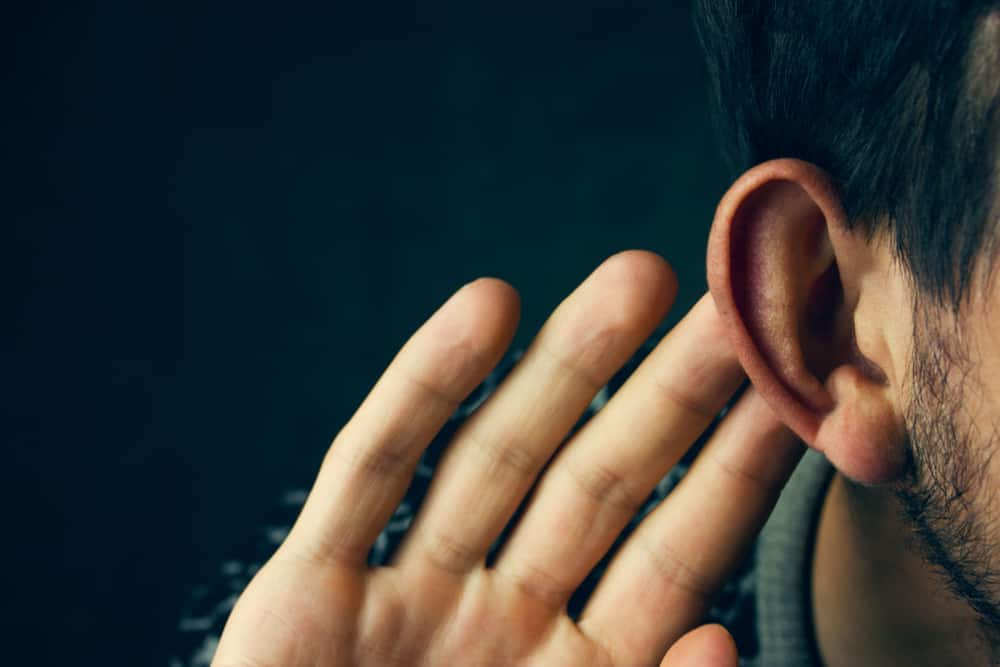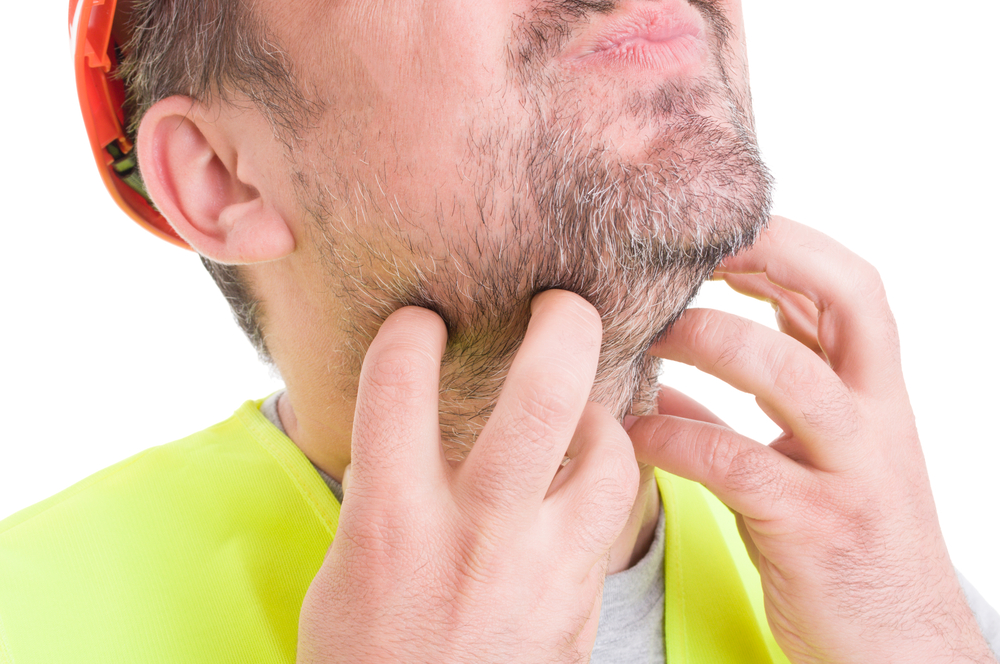Contents:
- Medical Video: Interview with a Deaf Blind man.
- Is that deaf blind?
- What causes a person to experience blindness and deafness?
- When pregnant:
- Complications during childbirth:
- Postnatal conditions or when children:
- Current condition:
- Symptoms that occur in deaf blindness
- How do people blind and deaf communicate?
Medical Video: Interview with a Deaf Blind man.
Some people experience deafness or blindness, according to their abilities they have different ways of communication and activities. Although different, they can still carry out their activities independently. However, some people not only experience blindness or deafness, but experience both of these conditions at once, called deafblindness or blind and deaf. How can one be blind and deaf? Check out the review below.
Is that deaf blind?
Deafness is a combination of visual and hearing disorders that affects a person's ability to communicate, access information, and move. This condition is also called dual sensory loss or loss of dual sensory abilities.
People who are blind and deaf are usually not completely deaf and blind. Most people who experience this have residual hearing or vision. Even though they are still there, they still need special methods to communicate because they cannot capture images and sounds clearly.
There are two types of deaf blind, namely:
- Congenital deafblindnessis the term used if someone is born with impaired vision and hearing. This disorder can be congenital due to genetic problems or complications of pregnancy.
- Acquired deafblindness is a term used when a person experiences loss of vision and hearing that occurs later on. Anyone can become deaf-blind at any time due to illness, accident, or due to aging.
What causes a person to experience blindness and deafness?
Many factors can cause a person to experience deaf blindness. From birth to parents can experience this condition.
When pregnant:
- Pregnant women who experience viral infections or diseases that affect the growing fetus.
- Certain syndromes are passed from parent to child.
- Chromosome disorders that occur during the early development of the fetus.
- Injuries or complications in pregnant women that affect the fetus while in the womb.
Complications during childbirth:
- Children born very prematurely.
- Nervous conditions that affect trauma at birth.
Postnatal conditions or when children:
- Genetic conditions that may appear new during the development stage.
- Autoimmune disease.
- Pain caused by viruses when children.
- Injuries to the eyes and ears.
- Having a brain injury.
Current condition:
- Injuries to the eyes, ears or brain.
- An autoimmune condition that appears as an adult.
- Aging process.
Symptoms that occur in deaf blindness
Quoted from the NHS Choices website, some of the symptoms that arise in deaf blind people are:
- Don't hear you speak. Especially when you talk from the back side.
- TV set or music loudly.
- Difficulty following a conversation, especially if there are some people talking or the person they are talking to is unknown.
- Do not hear the sounds around them, such as knocking on doors or bells.
- Difficulty recognizing people they know.
- Difficult to read the facial expressions of the other person.
- Always rely on touch to find and recognize an object.
- It's hard to move around an unknown place. For example, often tripping or crashing in public places.
- Do not see the other person directly with the right eye contact.
How do people blind and deaf communicate?
Because of the conditions, to communicate people who experience blindness and deafness have special ways. This method varies from person to person, depending on the combination of visual and auditory abilities they have, their family background, and their education. Of the several methods available, people who are blind and deaf rely on their sensory abilities to get information and communicate. There are several methods used including:
- Tactile sign language. The message conveyed through a special gesture in the palm of someone who is deaf blind. Also included is a manual alphabet attached to the hands of people who are blind and deaf. That way, they can understand the message conveyed from the sense of touch (skin) in his hand.
- There are also those who use it tadoma. Tadoma is a method of communication carried out by deaf blind people by reading the lips of their interlocutors using their senses. They will put their hands on the lips, jaw, or neck of the person speaking to feel the vibration and movement of the jaw in his hand.
- If the viewing ability is still sufficient, someone uses it Sign language but adapted to the visual conditions. For example adjusting the distance or lighting.
- Print on palm. This method is used by writing the letter in question on the palm of a person who is blind and deaf. For example, say eating, it will be spelled by writing the letter m to n one by one on the palm.
- Some people also use letters braille. British letters are accessed by people with deaf blindness through their senses so that messages or information can be understood.












